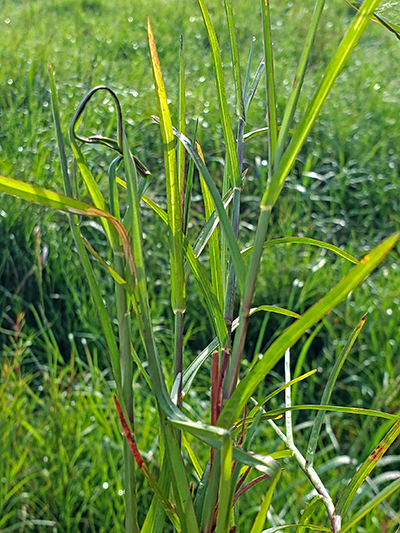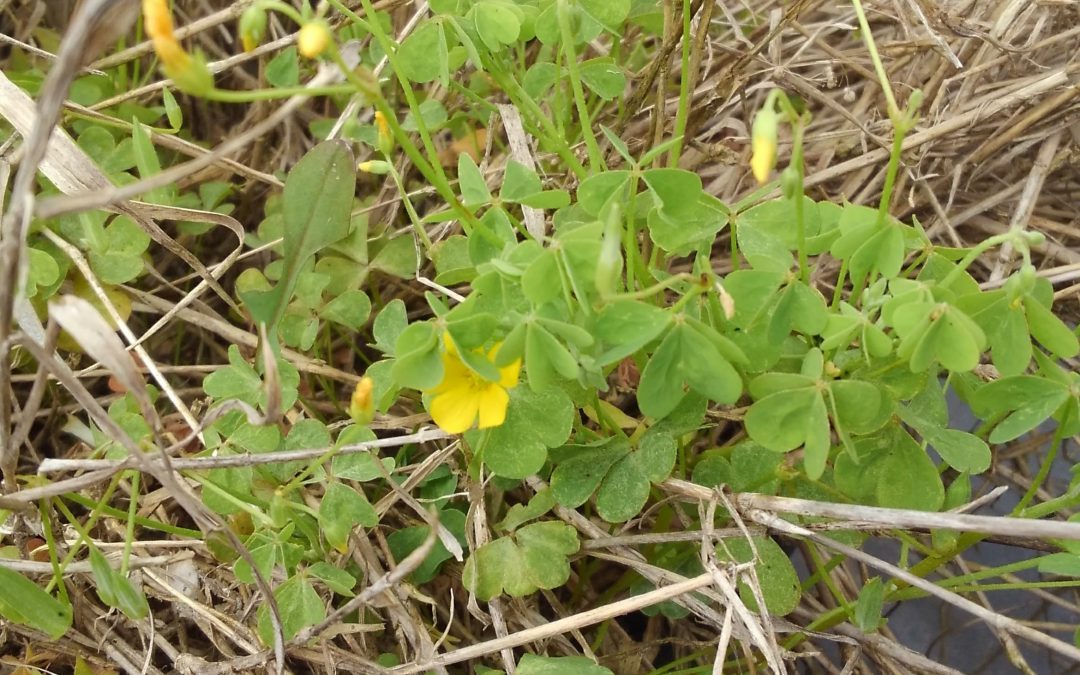
by Daniel J. Leonard | May 15, 2020
A cattle producer contacted me earlier this spring to investigate a “pretty but unusual” weed that had quickly spread over a pasture. This field had been planted this past fall with certified oat seed for winter forage. While definitely pretty, it was obvious that...

by Ann Blount | Jun 7, 2019
Over the past several years, livestock ranchers in Florida have reported concerns about animal health issues in cattle, equine, and endangered wildlife that have raised questions about the possibility of toxicity issues associated with forage grasses. With financial...

by Jennifer Bearden | Apr 5, 2019
Toxic plants are a common concern of many livestock owners. Under most circumstances livestock will avoid eating toxic plants but sometimes conditions are right for consumption to occur. Conditions when animals are more likely to consume toxic plants include: Toxic...

by Les Harrison | Mar 1, 2019
The calendar and thermometer indicate the return of consistent warm weather is arriving soon. With it come forage production for grazing and hay, and the many weeds which create an assortment of problems. Included is Creeping indigo, Indigofera spicata, a weed with...

by Ann Blount | Feb 1, 2019
Forage and livestock related issues stemming from our recent bout with Hurricane Michael has impacted our livestock in ways that are still being felt. For starters, a rainy Spring-Summer-Fall did not help with the forage quality of our pastures, hay production or ...

by Ray Bodrey | Aug 10, 2018
During summer and fall, a lot of us spend hours trekking through forested areas and pasture lands, either for work, if we are lucky, or by simply enjoying the great outdoors. Unfortunately, there are not-so-nice life forms that also enjoy this time of year, like...







